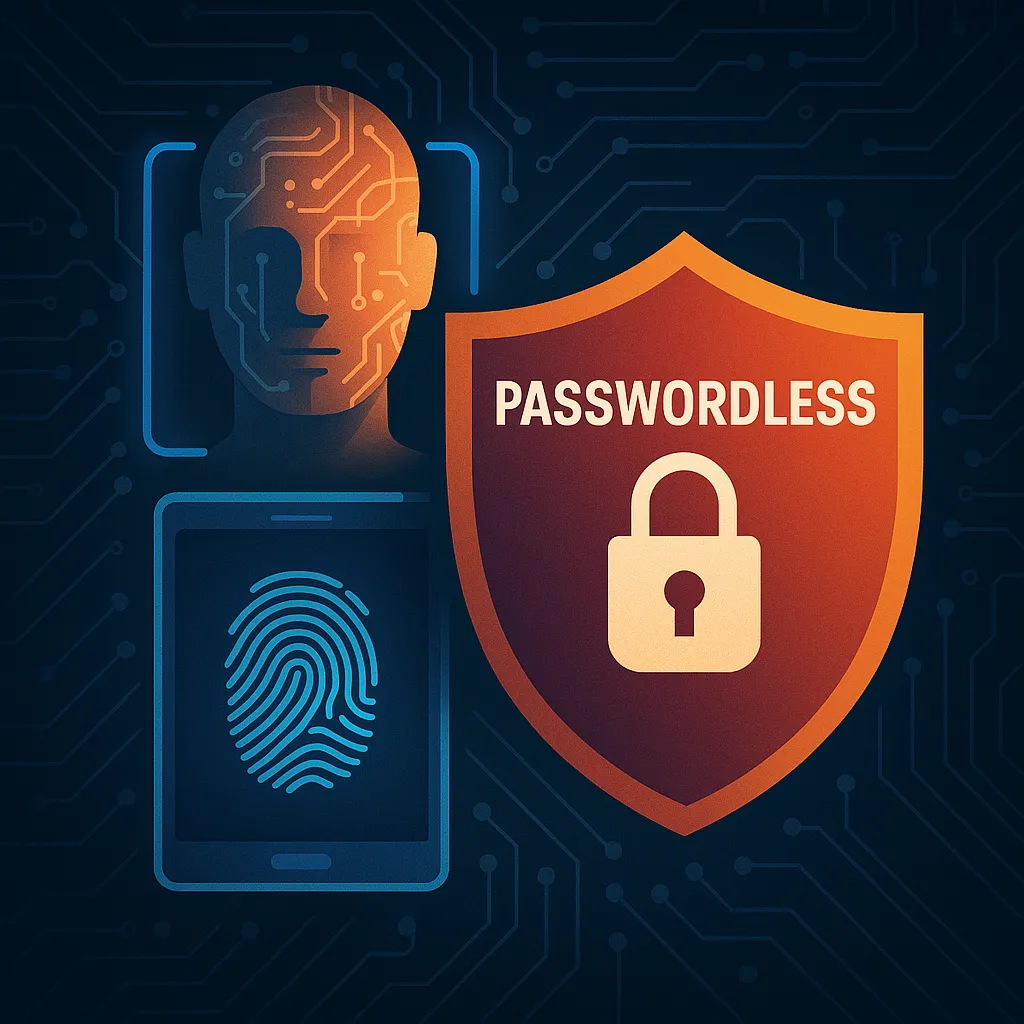The Rise of Passwordless Authentication: Securing Digital Identities
Password theft has been a glaring issue in the cyberworld, with 81% of hacking-related breaches leveraging either stolen or weak passwords. The traditional password-centric approach is not only prone to user error but increasingly ineffective against modern cyber threats. Enter passwordless authentication, a method touted to enhance security and user convenience by eliminating passwords altogether.
Understanding Passwordless Authentication
Passwordless authentication replaces passwords with more secure and convenient authentication methods. These methods include biometrics, security keys, or smartphone apps that verify identity based on possession factors or inherent personal characteristics. CyberArk, OneLogin, and Microsoft suggest that by omitting passwords, businesses reduce the risk of phishing attacks and credential theft.
How Does It Work?
Passwordless systems use a variety of methods to confirm user identities. These systems may include biometric verification, such as fingerprint or facial recognition; security keys that the user possesses, or even behavioral analytics. For instance, a smartphone app might confirm your identity to a server securely using push notifications or a localized signal. This approach not only tightens security but also enhances user experience by making the login process faster and simpler.
Advantages of Passwordless Authentication
The primary advantages of eliminating traditional passwords include enhanced security, improved compliance, and a better user experience. From a security perspective, passwordless methods decrease the risk of credential exposure and make it harder for attackers to compromise user accounts. Furthermore, it simplifies the login process, reducing the need for password resets and IT support, which can become costly and time-consuming.
Challenges and Considerations
While passwordless authentication enhances security and user convenience, it is not without its challenges. Adoption requires significant infrastructure changes and user education. Furthermore, dependency on biometric data or hardware tokens introduces new security and privacy concerns. Organizations must ensure these methods are implemented securely to protect sensitive user information.
Global Impact and Adoption
Major corporations and governments are increasingly adopting passwordless solutions to improve their security postures. Microsoft reports a substantial reduction in compromised accounts after implementing passwordless methods. However, the adoption is not yet universal, with some organizations hesitant due to potential disruptions and the initial costs involved.
Future Trends and Predictions
The industry is moving towards a more robust authentication framework where passwordless elements play a crucial role. With advancements in AI and machine learning, future systems may predict and adapt to security threats more effectively, further strengthening this approach.
Conclusion and Takeaway
Despite the challenges, passwordless authentication stands at the forefront of the future of security technology. Businesses and individuals should consider transitioning to these more secure methods as part of their cybersecurity strategy. The benefits of enhanced security, reduced IT overhead, and improved user experience make it an attractive, though complex, change worth pursuing.
For more detailed guidance on implementing passwordless authentication, check comprehensive resources from industry leaders like CyberArk, OneLogin, and Microsoft Security.

